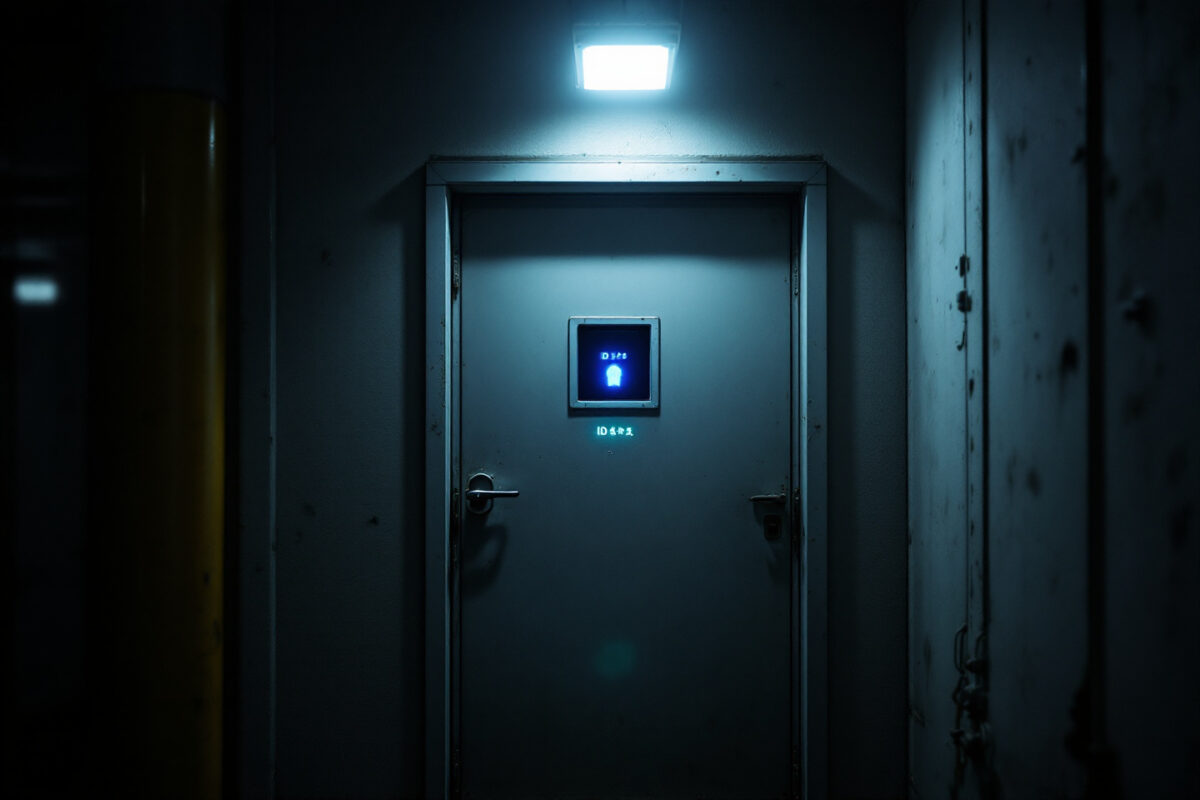When organisations think about access control, they usually focus on the front door. Maybe the server room. Maybe the executive suite.
But what about the staff entrance? The fire escape? The loading dock on the side of the building that “nobody really uses”? That’s where the risk lives.
Overlooked Doors Are Vulnerable Doors
It’s human nature to focus on the big picture — the main gate, the reception area. But real-world breaches often happen at:
- Secondary or side entrances
- Delivery bays
- Shared service corridors
- Maintenance access points
These are the access points that are:
- Less visible
- Less monitored
- Less protected
And that makes them attractive targets for:
- Internal threats
- Tailgating
- Credential sharing
- External intrusions
Why Biometric Access Solves the Problem
Biometric systems change the game by:
- Making credential sharing almost impossible
- Enforcing individual, traceable access every time
- Logging every entry and exit automatically
- Simplifying access across multiple zones without compromising security
When every person is their own credential, you don’t need to worry about cards being lent, copied, or forgotten.
The Cost of a Breach
A single lapse in access control can result in:
- Lost data or equipment
- Failed audits
- Legal consequences
- Reputational damage
In regulated sectors — like healthcare, finance, and infrastructure — the stakes are even higher.
Securing the Gaps Without Breaking the Budget
The good news? You don’t need to overhaul your entire system to plug the holes.
Biometric readers can be selectively installed at high-risk or low-traffic doors. They can integrate with your existing control infrastructure. And they can often be deployed quickly and affordably.
Look for systems that:
- Support multiple form factors (finger, face, palm)
- Offer centralised management and logging
- Comply with GDPR and local standards
- Easily retrofit to existing doors or gates
The Bottom Line
You’re only as secure as your weakest door.
Don’t let overlooked entry points become your organisation’s undoing. With the right biometric tools and planning, you can secure every access point — and sleep better knowing who’s coming and going.
If you want to assess your site’s access control risks, let’s talk. We’ll help you prioritise without overspending.
